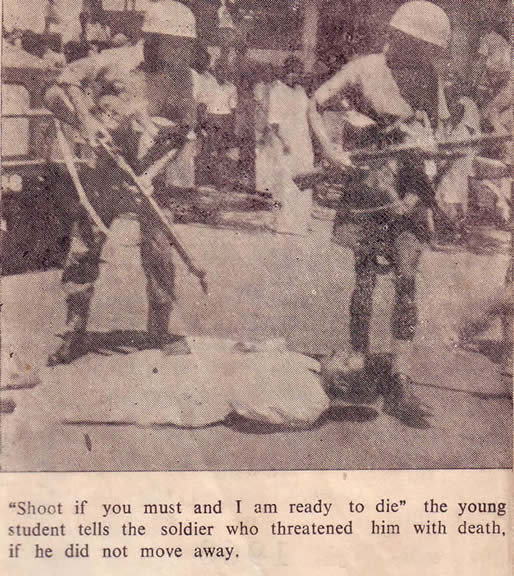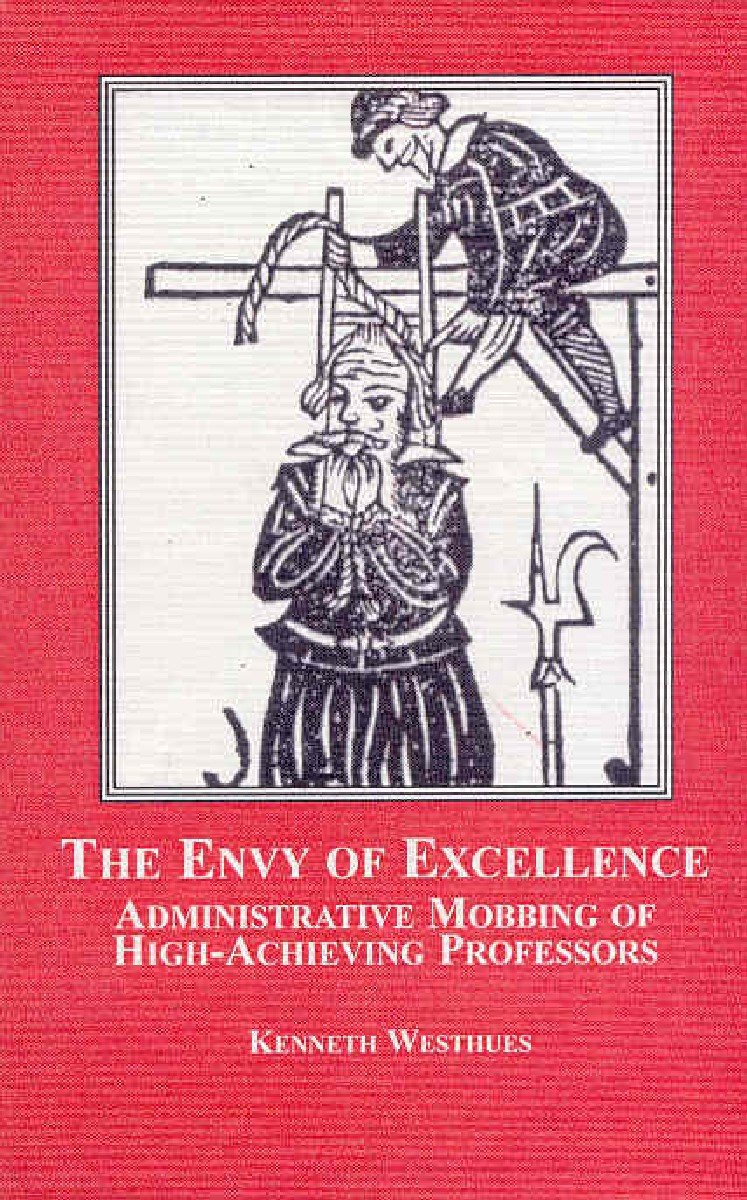 |
| Satyagraha |
Attacks can boomerang when they are perceived as unjust by participants and observers. This is most obvious in the case of violent attacks on peaceful protesters. In 1930, Gandhi led a lengthy march with the stated aim of making salt from the sea, an unlawful act in violation of the British rulers’ monopoly on salt production. In India, the salt laws were widely seen as unjust in themselves, and the march generated huge support throughout the country. At the culmination of the march, Indian satyagrahis (nonviolent activists) presented themselves to the police, who beat them mercilessly, with many protesters taken to hospital. Due to independent reporting, the police beatings of nonresisting protesters caused an upsurge in support for the Indian independence movement in India, Britain and elsewhere. It also weakened the resolve of the British colonial administrators in India (Dalton, 1993). (more...)
Related:

No comments:
Post a Comment